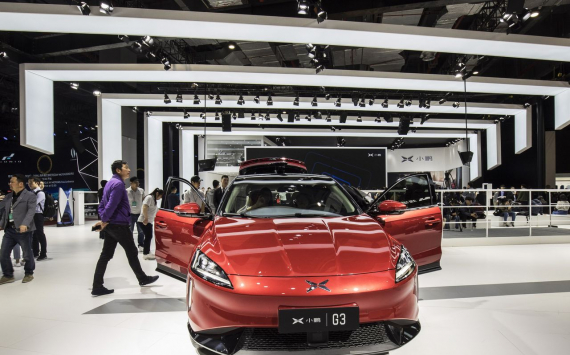
XPeng shares
Chinese electric car maker XPeng reported higher quarterly earnings than analysts had expected. XPeng's first-quarter shipments rose despite a shortage of semiconductors, with the company forecasting growth in the second quarter.
Shares in XPeng (XPEV) fell 4.9% in Thursday's trading session, despite the carmaker reporting strong financial results for the first quarter ended March 31 and giving growth forecasts for the current one.
XPeng shares have fallen 45% since the start of the year but were up almost 3% in early trading on Friday.
In April, XPeng Motors unveiled its P5 electric sedan with an enhanced autopilot system and LIDAR sensors for autonomous driving on city roads.
XPeng reported quarterly revenue growth to $450m up 616.1% on last year and 3.5% higher than in the fourth quarter. Analyst expectations were lower at $440.4m.
The company said the year-on-year increase was mainly due to deliveries of P7 sedans, which started at the end of June 2020. The quarter-on-quarter increase is mainly due to XPeng starting to generate revenue from sales of its XPILOT 3.0 driver assistance software.
Many leading automakers are looking to replicate Tesla's experience in selling software to improve the autonomous features of their cars, which could account for a significant share of regular revenues for advanced technology car companies.
At the same time, the young company is still suffering losses: for the first quarter XPeng reported a loss of -$0.13 per share, better than analysts' expectations of -$0.17 per share. The total loss for the quarter was $106.3 million, but this is lower than the previous quarter and the same quarter a year ago.
XPeng forecasts
For the second quarter, Xpeng forecasts revenue growth of 475% to 492% year-on-year in local currency terms. The company also expects to deliver 15,500 to 16,000 electric vehicles, up about 18% from 13,340 units in the first quarter, when deliveries were up 2.9% from 12,964 units in the fourth quarter.
Also, the Company is considering building its own microchips for autonomous driving systems.









































